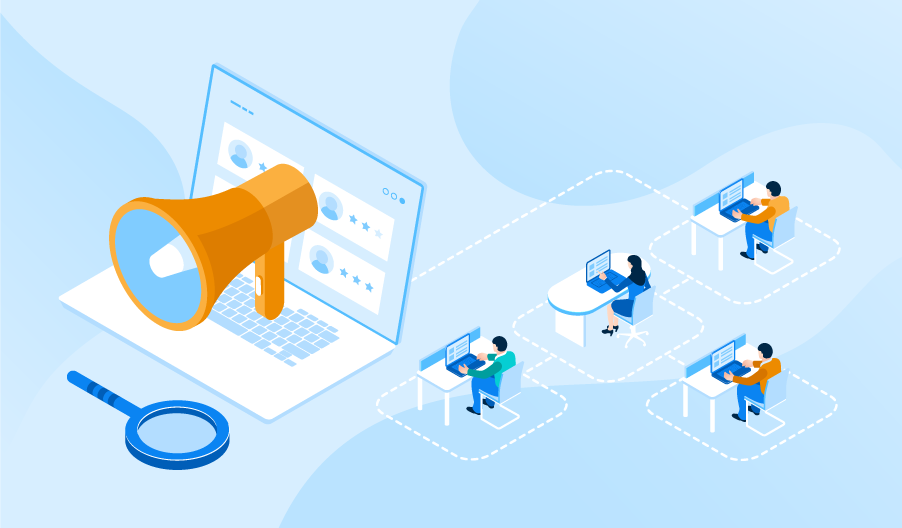In the fast-paced realm of contemporary business, the quest for top-tier talent is more critical than ever. Enter staffing software, a game-changing technology reshaping the landscape of talent acquisition. In this comprehensive exploration, we dive deep into the intricate functionalities, benefits, and emerging trends surrounding staffing software, shedding light on its pivotal role in modern HR strategies.
Decoding Staffing Software
At its core, staffing software—also known as applicant tracking systems (ATS Recruiting Software)—serves as a centralized hub for overseeing the entire recruitment lifecycle. Boasting an array of features and functionalities, this innovative tool is designed to streamline and optimize every facet of the hiring process, from candidate sourcing to onboarding.
Key Features and Functions
- Effortless Candidate Sourcing and Management: Staffing software simplifies the process of sourcing candidates by consolidating resumes from diverse channels such as job boards and social platforms. Recruiters can effortlessly navigate through candidate profiles and applications using a unified interface, facilitating the identification of top talent.
- Automated Applicant Tracking and Screening: With advanced automation capabilities, staffing software expedites applicant tracking and screening processes. Recruiters can establish customized workflows and filters to accelerate candidate selection, automating tasks like resume parsing and initial assessments.
- Seamless Interview Coordination and Collaboration: Equipped with robust scheduling tools and collaborative features, staffing software streamlines coordination among hiring team members. Recruiters can effortlessly schedule interviews, share feedback, and collaborate on candidate evaluations in real time, fostering a cohesive recruitment environment.
- Efficient Onboarding and Compliance Management: By automating the onboarding process, staffing software simplifies tasks such as document collection and compliance checks. This ensures a smooth transition for new hires while ensuring adherence to regulatory standards.
Benefits of Staffing Software Adoption
- Enhanced Efficiency and Productivity: recruitment and talent acquisition optimizes recruitment workflows, reducing manual efforts and administrative burdens. Recruiters can allocate their time more efficiently, focusing on cultivating candidate relationships and strategic recruitment initiatives.
- Elevated Candidate Experience: Through personalized communication and streamlined processes, staffing software enhances the candidate experience. Candidates receive timely updates on their application status, leading to heightened satisfaction levels and a bolstered employer brand reputation.
- Data-Driven Decision-Making: Staffing software provides invaluable insights into recruitment metrics and trends, facilitating data-driven decision-making. Recruiters can analyze key performance indicators (KPIs) to refine strategies and optimize recruitment outcomes.
- Scalability and Adaptability: Staffing software solutions are scalable and adaptable to organizations of all sizes and industries. Whether scaling recruitment efforts during growth phases or adjusting strategies in response to market dynamics, staffing software offers the flexibility needed to support organizational objectives.
Emerging Trends and Future Prospects
- Integration of AI and Machine Learning: The integration of artificial intelligence (AI) and machine learning (ML) is poised to revolutionize staffing software, enabling predictive analytics and automation of repetitive tasks.
- Remote Work and Virtual Recruitment: The surge in remote work has propelled the adoption of virtual recruitment solutions. Staffing software facilitates remote interviews, assessments, and onboarding, supporting seamless recruitment processes in a virtual environment.
- Diversity and Inclusion Initiatives: Staffing software is evolving to support diversity and inclusion initiatives within organizations. Advanced features like bias detection algorithms assist in fostering more diverse and inclusive workforces.
In summary, staffing software stands as an indispensable tool for modern HR practices, empowering organizations to streamline recruitment processes and attract top talent. By embracing emerging trends and harnessing the capabilities of staffing software, businesses can maintain a competitive edge in today’s dynamic job market.
